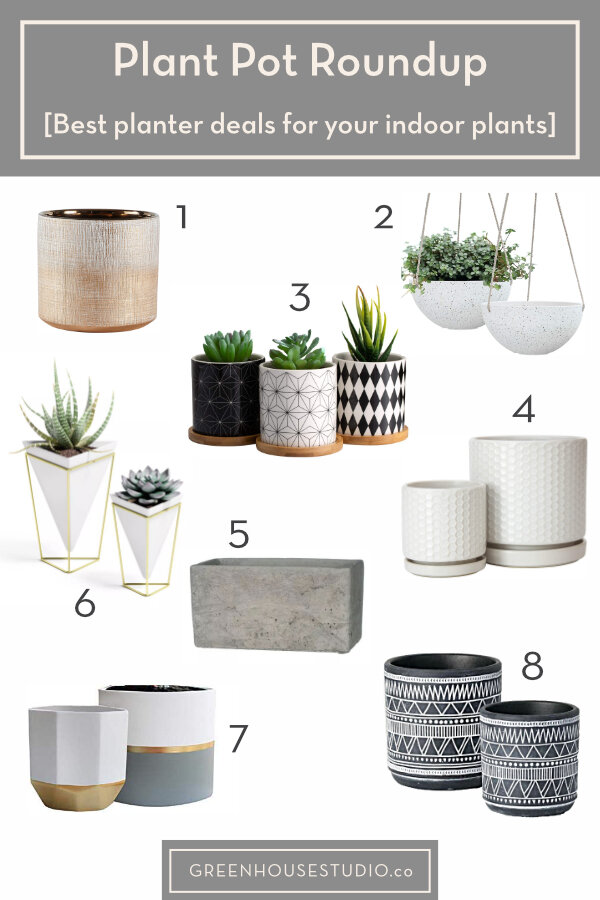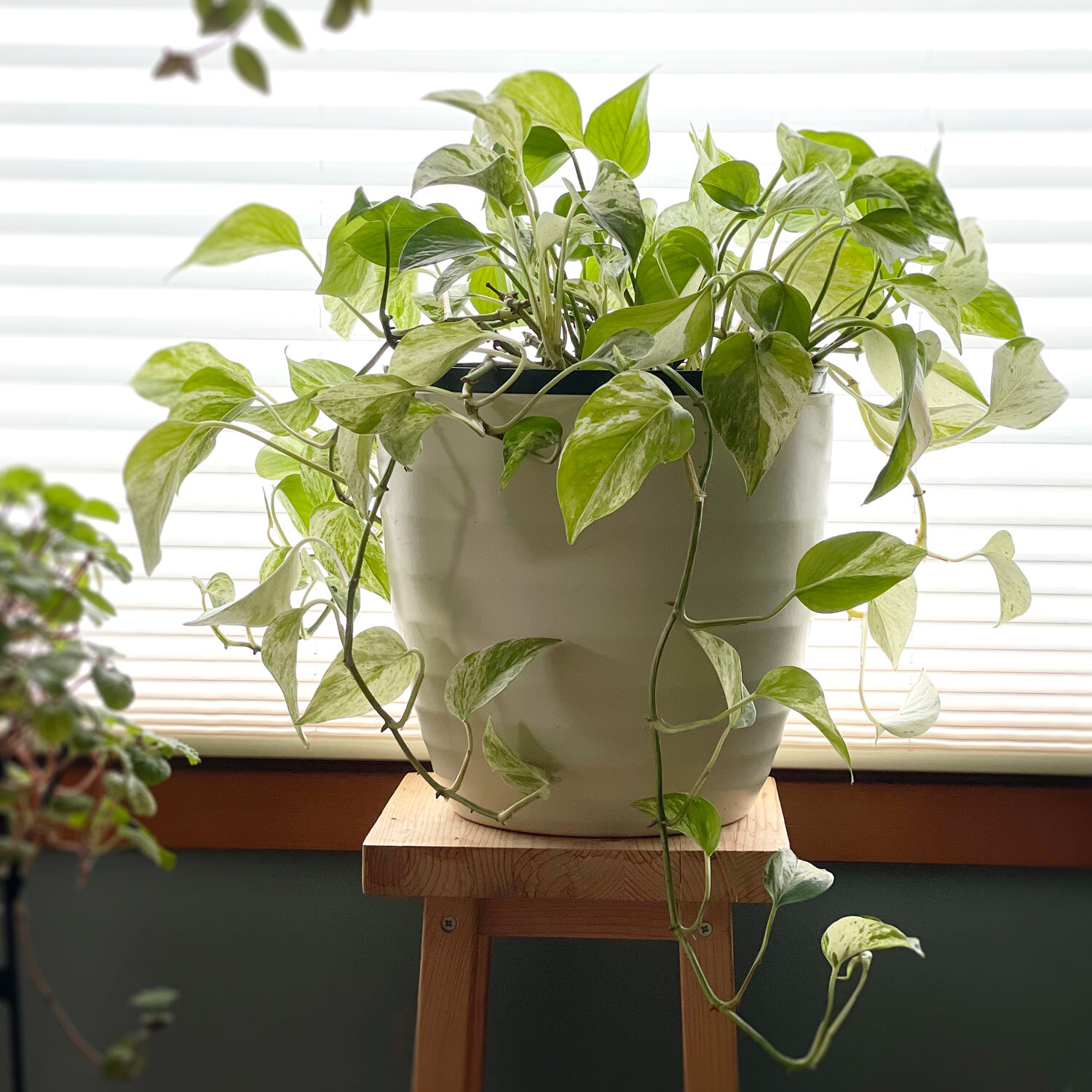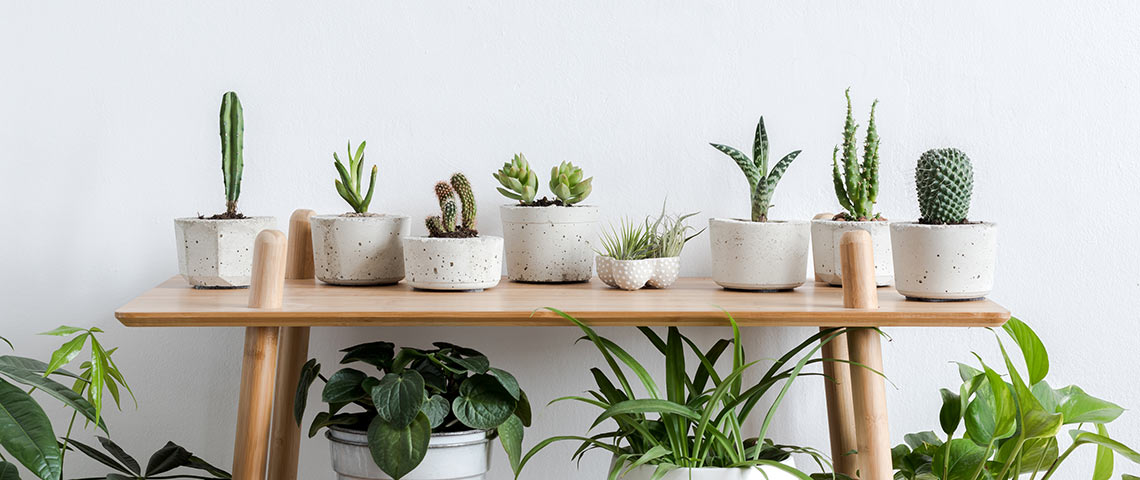Indoor plants add life to any space. They purify air and elevate decor.
If you are eager to create a green oasis indoors, you’re in the right place. Knowing the best way to plant indoor plants ensures they thrive and flourish. Successful indoor gardening involves choosing the right plants, understanding their needs, and providing suitable conditions.
Whether you’re a beginner or an experienced plant parent, this guide will help you create a vibrant indoor garden. Let’s explore the essential steps to plant indoor plants effectively, making your home a healthier and more beautiful place. Ready to turn your living space into a green sanctuary? Let’s dive in!

Credit: www.happyhouseplants.co.uk
Choosing The Right Plants
Some plants do well indoors. Spider plants are easy to care for. Snake plants need little water. Pothos are great for beginners. Peace lilies clean the air. ZZ plants are very hardy. Aloe vera is good for healing. Succulents need lots of light.
Light is important. Some plants need bright light. Others prefer shade. Water needs vary too. Overwatering can kill plants. Check the humidity. Some plants need it high. Others do fine in dry air. Space matters too. Some grow big. Others stay small.
Preparing The Soil
Choosing the right soil is very important. Indoor plants need well-draining soil. Potting mix is a good choice. It holds moisture but not too much. Avoid garden soil. It can be too heavy and may have pests.
Plants need nutrients to grow well. A good potting mix has some nutrients. You can also add fertilizer. Look for balanced fertilizer like 10-10-10. Follow the instructions on the package. Do not over-fertilize. Too much can hurt the plants.
Proper Potting Techniques
Choose pots with drainage holes. This helps excess water escape. Without holes, plants can drown. Use pots that are the right size. A small plant in a big pot can lead to root rot. A big plant in a small pot won’t grow well. Pick pots made of clay or ceramic. These materials let air reach the roots. Avoid plastic pots for better plant health.
Use a high-quality potting mix. Avoid garden soil. It is too heavy for indoor plants. A good mix has peat, perlite, and vermiculite. These ingredients keep soil light. They also help with drainage. Add some compost for nutrients. This helps plants grow strong. Make sure the mix is moist but not wet when planting.
Watering Guidelines
Indoor plants need water to grow. Water once a week is enough for most plants. Some plants may need more water. Check the soil. If it is dry, water the plant.
Too much water can harm plants. Yellow leaves mean you are giving too much water. Moldy soil is also a bad sign. Soft stems show overwatering too. Let soil dry before watering again.
Light Requirements
Indoor plants need plenty of light to thrive. Place them near windows with indirect sunlight for the best results. Avoid direct sun to prevent leaf damage.
Temperature And Humidity
Indoor plants need the right temperature and humidity to thrive. Most indoor plants prefer temperatures between 60°F to 75°F. This range is comfortable for both plants and people. Humidity should be around 40% to 60%. Too high or too low humidity can harm the plants. Keep a thermometer and hygrometer to monitor these levels.
To maintain temperature, avoid placing plants near heaters or air conditioners. These can cause sudden changes. Use a humidifier if the air is too dry. Place a tray of water near the plants to increase humidity. Grouping plants together also helps raise humidity. Keep checking the levels regularly.
Fertilizing Strategies
Fertilizers come in different types. Organic fertilizers are natural. They improve soil health. They are slow to act but last longer. Chemical fertilizers are man-made. They provide instant nutrients. They work fast but can harm plants if overused. Choose wisely based on your plant’s needs.
Apply fertilizers carefully. Read the instructions on the package. Water the plant before applying. This prevents root burn. Use the right amount. Too much can harm. Too little won’t help. Apply during the growing season. Avoid during winter. Plants rest in winter.
Pest Control
Indoor plants often face pests like aphids, spider mites, and mealybugs. These pests harm plants by sucking their sap. This makes plants weak and sick. Spotting them early helps in control. Look for small bugs or webs on leaves. Clean your plants regularly to keep pests away. Healthy plants can resist pests better. Regular checks are key.
Natural remedies are safe for indoor plants. Neem oil works well against many pests. Spray it on leaves to kill bugs. Soap water is another good option. Mix a few drops of dish soap with water. Spray it on affected areas. Ladybugs eat aphids and spider mites. Introducing them can help control pests. Garlic spray is also effective. Crush garlic and mix with water. Spray on plants to repel pests.
Pruning And Maintenance
Prune indoor plants to keep them healthy. Trim dead or yellow leaves. Remove branches that look sick. Cutting helps new growth. Prune in spring and summer. Plants grow more in these seasons. Regular pruning keeps plants happy.
Use clean, sharp tools. Pruning shears work best. Small scissors can help with tiny parts. Gloves protect your hands. Use rubbing alcohol to clean tools. Clean tools stop spread of disease. Always be gentle with your plants.

Credit: www.greenhousestudio.co
Repotting And Transplanting
Repotting indoor plants helps them grow better by giving roots more space. Transplant carefully to avoid damaging roots.
Signs It’s Time
Roots showing out of the drainage holes is a clear sign. Slow growth also means the plant needs more space. Leaves may start to yellow. The plant might become top-heavy or tip over. Soil may dry out too quickly. These are all indicators of repotting time.
Step-by-step Guide
First, choose a pot that is 1-2 inches larger in diameter. Gently remove the plant from its current pot. Loosen the roots to help them spread out. Place the plant in the new pot. Add fresh soil around the plant. Water the plant thoroughly after repotting. Place the plant back in its usual spot.

Credit: www.swansonsnursery.com
Frequently Asked Questions
How Do I Choose The Best Indoor Plants?
Choose plants based on light, humidity, and space. Consider low-maintenance varieties like snake plants and pothos. Check plant labels for care instructions.
What Are The Easiest Indoor Plants To Maintain?
Easy indoor plants include spider plants, pothos, and ZZ plants. They require minimal light and watering. Ideal for beginners.
How Often Should I Water Indoor Plants?
Water indoor plants when the top inch of soil feels dry. Frequency varies by plant type and environment. Avoid overwatering.
Can Indoor Plants Improve Air Quality?
Yes, indoor plants like peace lilies and snake plants can improve air quality. They remove toxins and increase oxygen levels.
Conclusion
Creating a cozy indoor garden brings peace and nature indoors. Follow these tips for healthy, thriving plants. Choose the right pots and soil. Water your plants regularly but avoid overwatering. Place them where they receive proper light. Regularly check for pests and diseases.
Enjoy the beauty and fresh air they offer. Happy planting!

My mission is to help you bring the beauty of nature indoors with expert advice, detailed plant care guides, and creative design ideas.





Leave a Reply